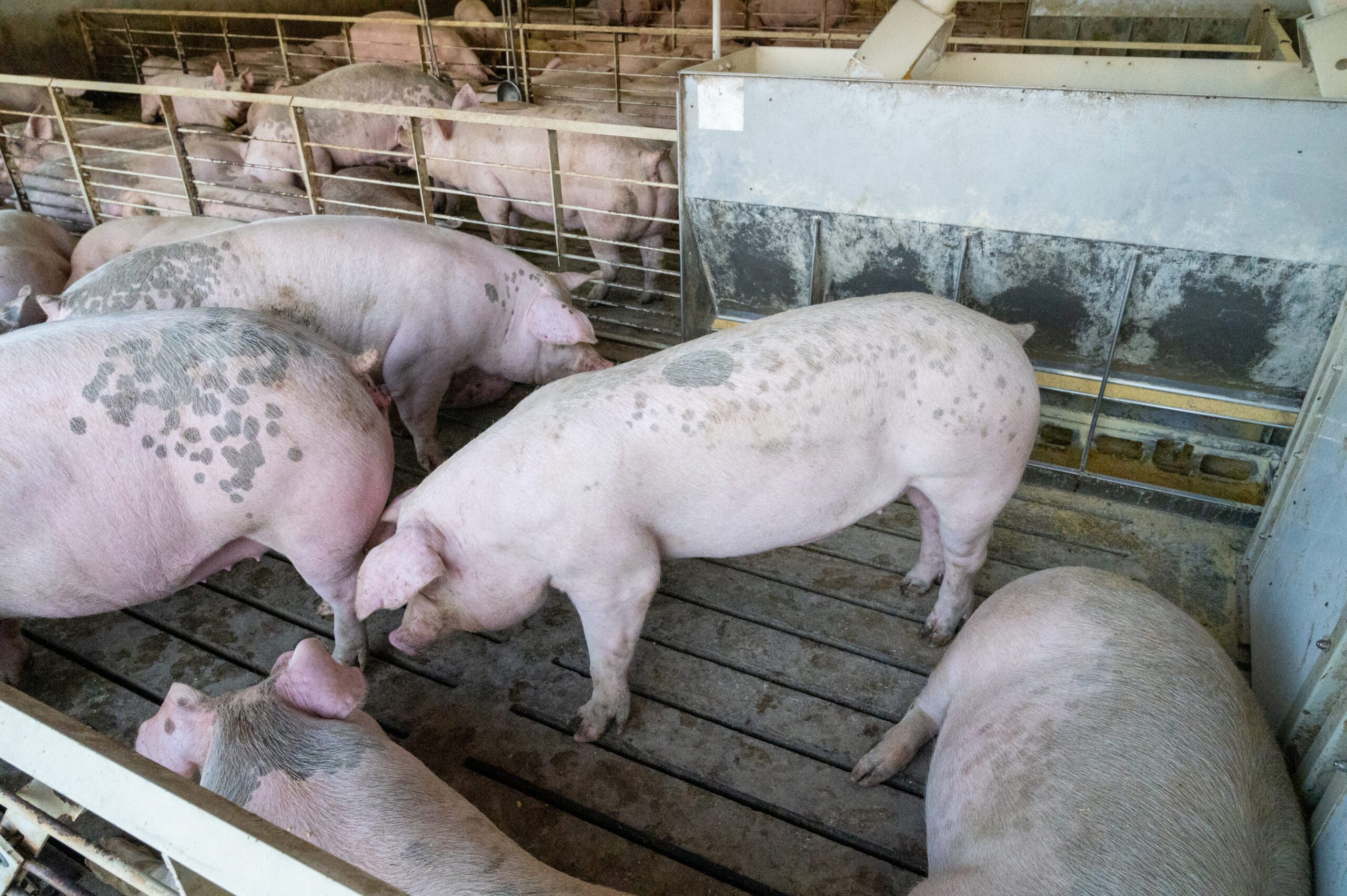Introduction
Soybean meal (SBM) is an excellent protein source for pigs because it has a well-balanced amino acid profile, providing high concentrations of both essential and nonessential amino acids. This makes SBM very cost-competitive compared to other protein sources (Ibáñez et al., 2020; Pope et al., 2023). The energy concentration in SBM positively affects its utility in practical diets for swine, with recent studies indicating that the net energy level in SBM is greater than previously reported, further increasing the value proposition of SBM (Cemin et al., 2020; Lee et al., 2022; Pope et al., 2023; Boyd and Gaines, 2023). However, inclusion levels of SBM in swine diets have decreased over time, mainly because of the increased availability of crystalline amino acids, the use of distillers’ dried grains with solubles (DDGS), and the price reduction of tryptophan; the latter causing dietary SBM content to dramatically decrease. For example, the average diets in the year 2000 did not contain DDGS and included approximately 3 lbs/ton of L-lysine HCl. In 2008, the inclusion of up to 12 lbs/ton of lysine became possible because tryptophan became affordable. In 2010, DDGS started to be included at approximately 20% with the addition of crystalline amino acids. In 2017, DDGS was included at levels well over 20% with high levels of crystalline amino acids. During this timeframe (2000, 2008, 2010, 2017) diets contained approximately 464, 346, 172, and 52 lbs per ton of SBM, respectively. With crystalline tryptophan being reliably cost-effective, and now valine and isoleucine also available at competitive costs, there is greater potential to drive dietary SBM content even lower, possibly down to zero in pigs weighing about 160 lbs or more.
Read the full article here.
Source: Van Heugten, Eric. “Increased Inclusion of Soybean Meal in Diets Improves Gain and Feed Efficiency of Healthy Finishing Pigs.” Feedstuffs, Aug. 2024.
